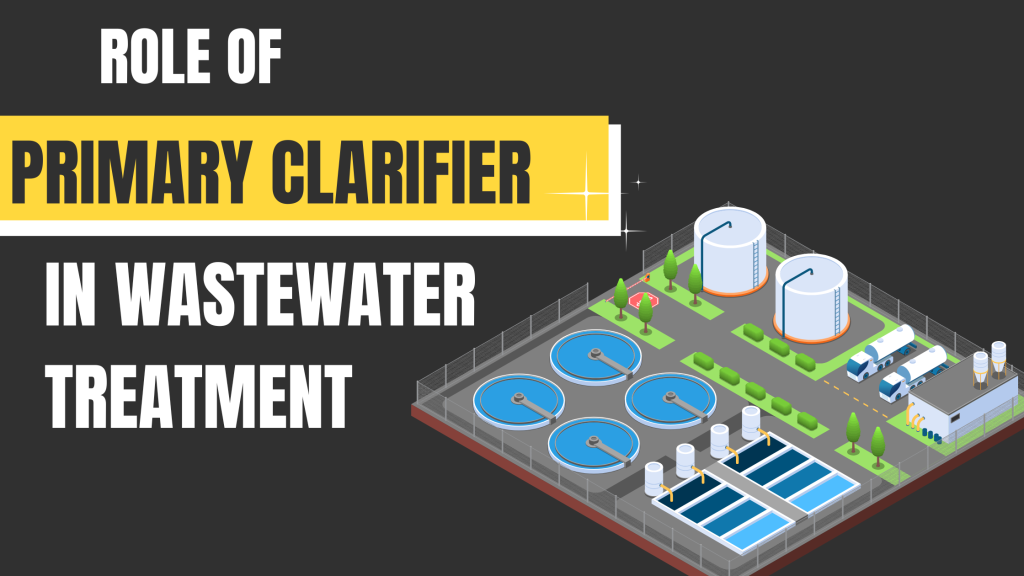Wastewater treatment is a complex process designed to remove contaminants from used water before it’s released back into the environment or reused. One of the most important components in this process is the primary clarifier—a mechanical sedimentation tank that plays a crucial role in the early stages of treatment. Though often overlooked, the primary clarifier significantly enhances the efficiency of downstream biological treatment processes.
What is a Primary Clarifier?
A primary clarifier (also known as a primary sedimentation tank) is a large, open tank designed to slow down the flow of incoming wastewater. This allows heavy solids (called primary sludge) to settle at the bottom, while lighter materials such as oil, grease, and floating debris rise to the top. These settled and floating materials are then removed, and the partially clarified liquid is sent to the next stage—usually secondary (biological) treatment.
How Does a Primary Clarifier Work?
The process inside a primary clarifier typically includes:
-
Inflow of Raw Wastewater: Wastewater enters the tank at a controlled rate to prevent turbulence.
-
Sedimentation: Solids settle by gravity to the bottom of the tank.
-
Scum Removal: Floating matter like oils and grease are skimmed off the surface.
-
Sludge Collection: Settled solids are collected and transferred to sludge treatment facilities.
-
Effluent Discharge: The clarified water moves on to the secondary treatment stage.
Why is the Primary Clarifier Important?
-
Reduces Organic Load: By removing up to 60% of suspended solids and 30–40% of BOD (Biochemical Oxygen Demand), it significantly reduces the organic load before biological treatment.
-
Improves Plant Efficiency: Lower organic content means the aeration tanks and other biological systems work more efficiently, using less energy.
-
Protects Downstream Equipment: Removing grit and solids prevents abrasion and clogging in pumps and aerators.
-
Facilitates Sludge Management: It provides a consistent stream of primary sludge, which can be treated or processed for energy recovery.
Applications of Primary Clarifiers
Primary clarifiers are used in:
-
Municipal sewage treatment plants
-
Industrial effluent treatment plants (ETPs)
-
Combined sewer systems
-
Pre-treatment for anaerobic digesters
Maintenance & Optimization Tips
-
Regularly inspect for scum and sludge buildup.
-
Check inlet and outlet baffles to ensure even flow.
-
Calibrate sludge removal mechanisms.
-
Use bio-enzymatic additives like Ecomaster Aerobic for enhanced sludge digestion.

The primary clarifier is not just a sedimentation tank, it’s the first major defense against pollutants in wastewater. By efficiently separating solids and reducing the organic load, it sets the stage for more advanced treatment processes. For plant operators and environmental professionals, understanding and maintaining this component is key to achieving effective, sustainable wastewater treatment.

